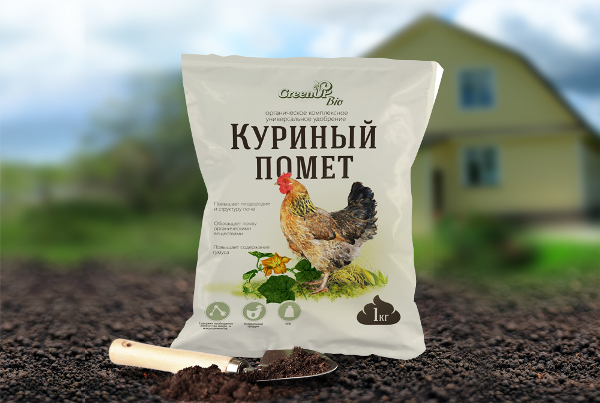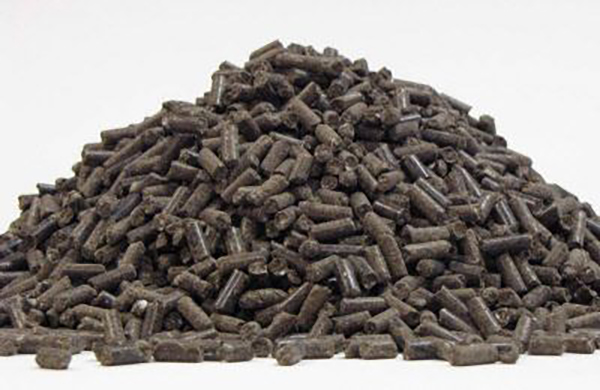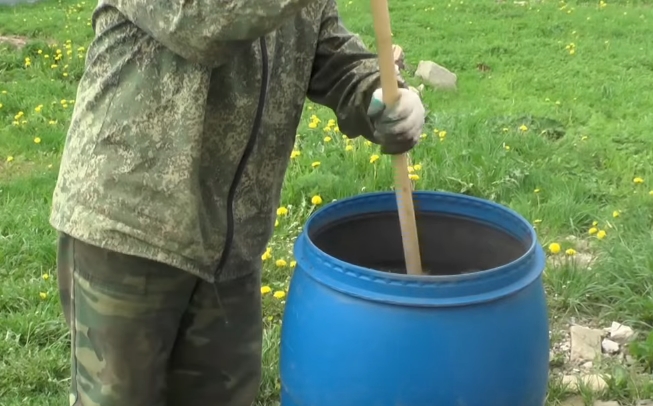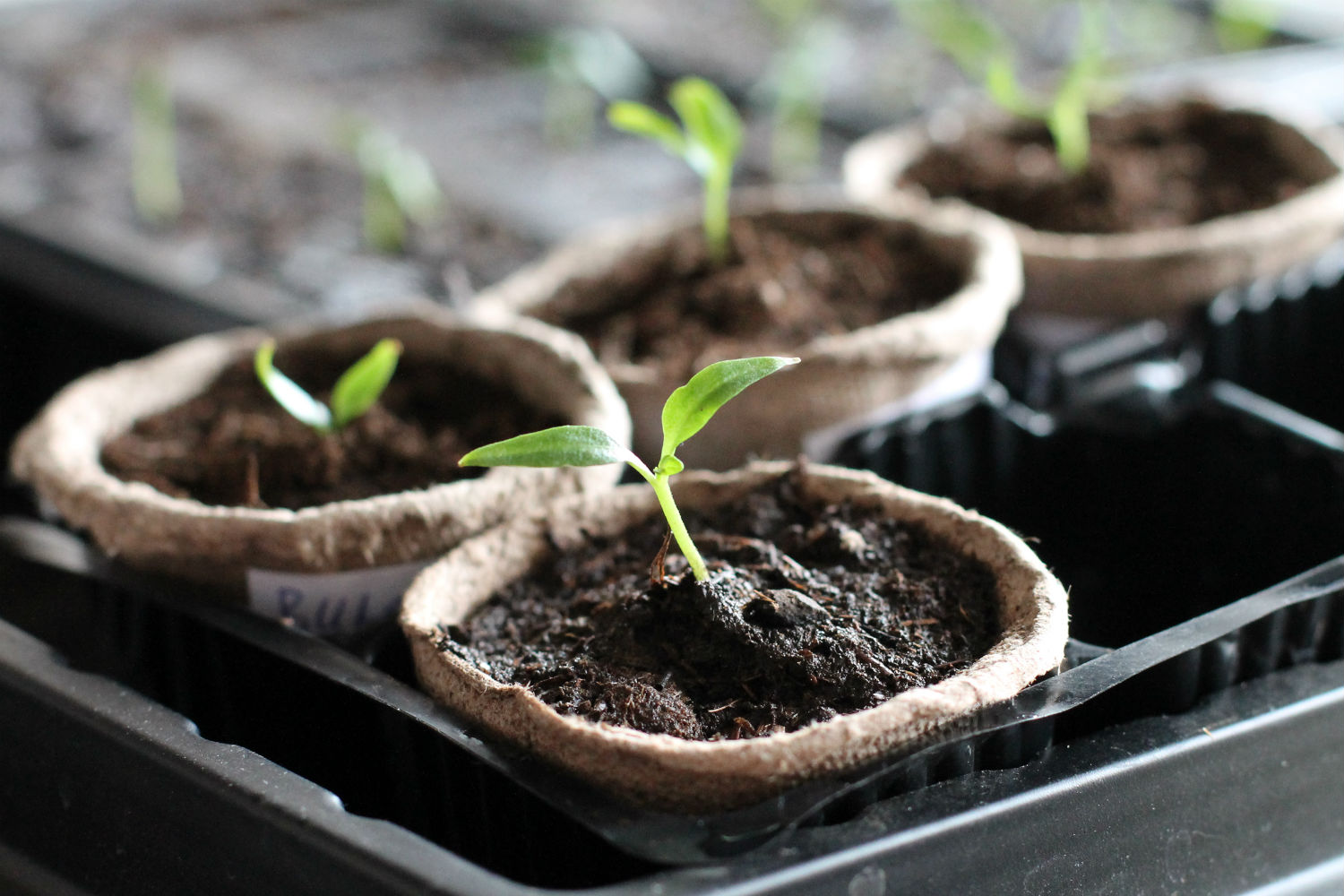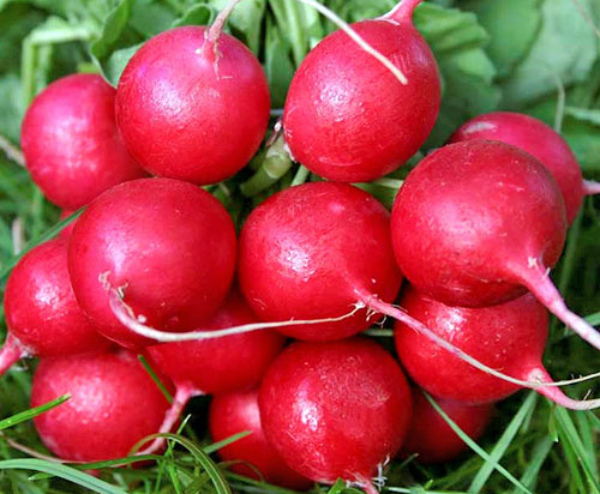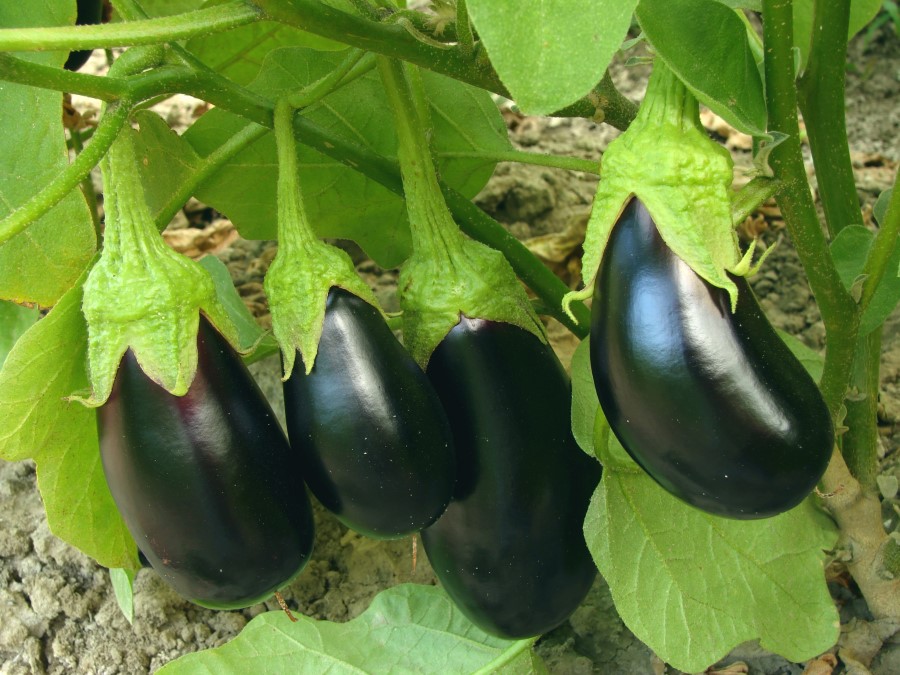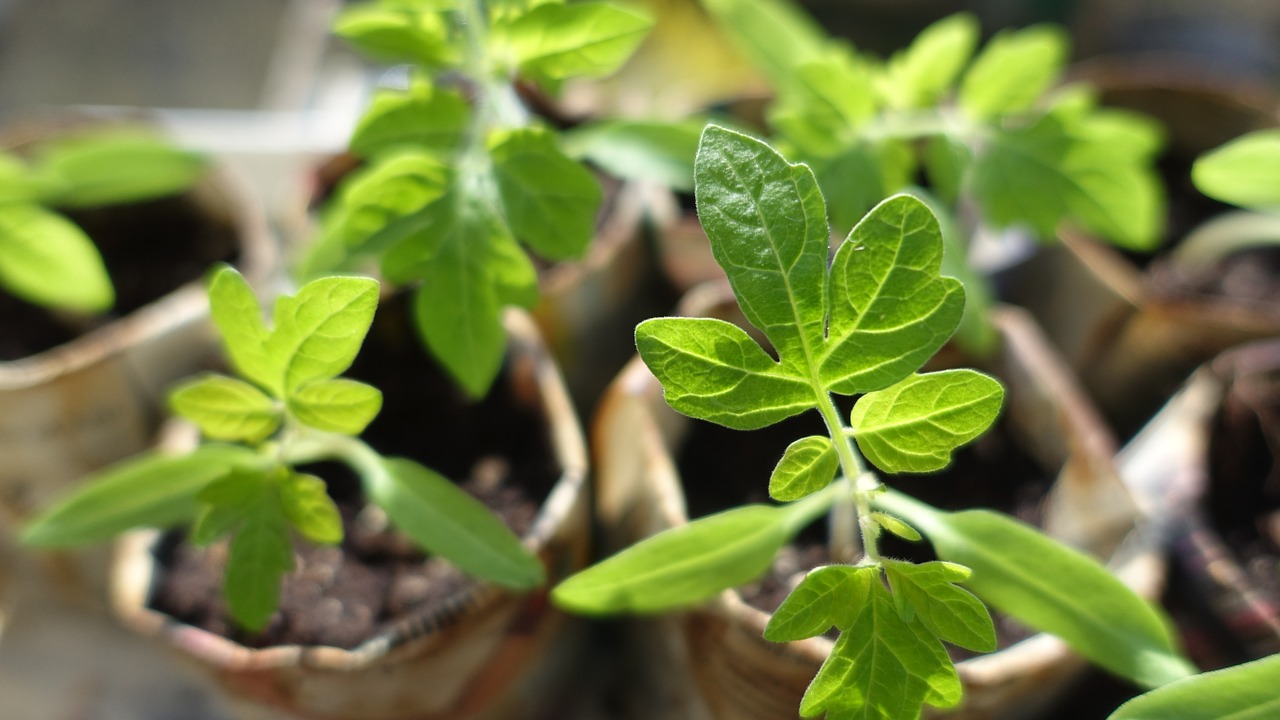Content:
Many gardeners and summer residents love to breed birds, not only for obtaining eggs and meat, but also for organic fertilization. The most common and effective poultry manure is chicken. As a fertilizer, ordinary chicken manure has been widely used, despite the fact that it is not recommended to apply it in its pure form. Even indoor plants are fed to them. The article will answer the question: how can you fertilize with chicken droppings. The instructions for use, its properties, the effect on pests will also be considered.
Chicken manure as a natural fertilizer
The waste product of domestic chickens is a valuable organic fertilizer. It is the most nutritious and concentrated poultry droppings. It even surpasses many mineral fertilizers. Using it, you can get a significant yield increase of 20-40%. You just need to correctly observe the dose of application.
Chicken droppings penetrate deep into the soil, is weakly washed out of it and does not saline. As a result of its use in plants, resistance to many diseases is increased. The vortex improves in the soil and mold does not form on its surface. Plants tolerate dry conditions more easily.
Benefits of chicken manure as fertilizer:
- environmentally friendly;
- lower price compared to mineral fertilizers;
- positively affects the properties of the soil, including acidity;
- a long period of action, therefore, it is most often applied once every 3 years;
- harvesting 2 weeks earlier;
- lack of toxic properties, well stored, does not cake;
- there is no risk of fire;
- plants improve their resistance to adverse environmental conditions;
- introduced for almost all agricultural crops.
Chicken droppings composition
Fertilizer is applied in dry and liquid form. The pH does not exceed 7.0.
The composition includes such chemical elements as: Mn, Cu, Co, Fe, N, K, Mg, B, S. Their number is variable and depends on various factors. Phosphorus is presented as an organic compound.
Poultry droppings purchased in specialized stores are dry and free-flowing in consistency. It consists of 20% water, 5% N, 2% K2O and 4% P2O5.
Fresh contains fiber, protein, fat.
Granular chicken manure: instructions for use
Litter in granules is a nutrient concentrate in which all nutrients are in a form that is easily accessible to plants. It is necessary to follow certain rules for mixing it with water so as not to harm the plants. Granulators contain the whole range of useful micro and macro elements. Many crops can be fed with a granular product.
In industry
In industrial conditions, the use of manure in granules occurs under the main tillage or locally during sowing.When applying granules as the main fertilizer, agronomists observe certain proportions - for each type of crop its own dose. For example, for rye and wheat per 1 hectare, 500-1000 kg are needed, and for beets and potatoes - 2-3 tons. When applied during planting, the dose is reduced by a third. The correct dosage of fertilizer is the key to a good harvest.
For gardeners
Summer residents use granules in dry form or for preparing solutions.
Further dry dressing is carried out for fruit and berry crops at the rate of 300 g per 1 plant. The granules are buried in the ground. For vegetables of open and closed ground, the dose is reduced by 2 times.
The most optimal way to use granular fertilizer is to mix it with water. When preparing the solution, the ingredients are taken in a ratio of 1 to 50 for young plants and 1 to 100 for old ones. All this is stirred in a container, and the solution is left for a day in a dark place. The shelf life of the solution can be increased by pre-mixing the granules with peat.
- Application rate for trees and shrubs (cherry, plum, currant) - 6 liters per 1 m².
- For vegetables from the greenhouse (tomatoes, cucumbers), 0.5-1 liters per plant are required.
Of the effective chicken droppings, Fasco's litter can be distinguished. To prepare a solution, 400 g of granules must be diluted in 10 ml of water. Then he needs to brew. Upon completion, 1 L of the solution is diluted with 10 L of water. The fertilizer is ready to use.
Is it possible to fertilize roses and other plants with chicken droppings
The use of this type of dressing for roses is allowed. However, this type of fertilizer is not very popular among flower growers. This is due to the possibility of burning plants or adding excess nitrogen. Therefore, the introduction of chicken droppings is carried out during periods when roses are in great need of nitrogen. Incorrect application will result in reduced disease resistance. It is necessary to observe a strict dosage, otherwise exceeding the concentration will have a bad effect on the plants, which will lead to their oppression.
In the flowering phase, feeding with chicken droppings is not recommended. The last period in which top dressing can be carried out is the budding phase. After it, the use of this product as a fertilizer should be excluded.
You can not feed young seedlings, as well as plants affected by diseases.
In addition to roses, other agricultural and decorative crops can be fertilized with the waste product of chickens. There are no specific contraindications.
Chicken droppings from bear and other pests
Medvedka is a very vicious insect, which requires great efforts to exterminate. One of the folk remedies for fighting a bear is chicken droppings. The soil treated with this fertilizer has an increased concentration of nitrogen, which negatively affects the pest. Medvedka lives underground in burrows. Excess nitrogen makes it difficult for her to breathe, and she leaves this place.
When fighting pests, do not forget about plants. Increased doses of nitrogen in the soil can adversely affect their growth and development. Chicken droppings will also be effective against other types of insects that live in the soil: wireworms, May beetle larvae, millipedes.
Tips and tricks from experienced poultry farmers
Chicken manure compost at home
To make it, fertilizer is mixed with straw, peat, sawdust, and plant waste. Fresh plants are not suitable for composting.
To prepare compost, take the same amount of manure and waste to make a wet mixture. All harmful bacteria die in it in a week. You need to alternate layers like in a pie. First, straw or waste is put, sprinkled with droppings on top. The layer must be at least 20 cm.Thus, several layers are superimposed.
The composting temperature should not exceed 60 degrees Celsius. If it is higher, the process will slow down. After a week, you need to stir the mixture, as the temperature of the middle part will begin to drop. It is recommended to stir three times.
Compost can be applied when it has a sweet smell and dark color. It should not be wet, but loose.
Application of chicken humus in the country
Compost should be used together with water. 1 liter of compost is applied to an adult plant. Water in the morning or evening. Water around the plant before composting.
The resulting humus during composting is recommended to be applied in the fall as the main fertilizer. During the winter, it matures and in the spring it evenly distributes nutrients in the soil. In this case, melt water will relieve excessive concentration.
When mixing chicken waste with sawdust and ash, the fertilizer efficiency increases. This is due to the neutralization of nitrogen effects.
Chicken manure is a potent organic fertilizer that can significantly increase the yield of agricultural crops, as well as their resistance to diseases and environmental conditions. The fertilizer contains all the essential nutrients for the benefit of the plants. However, ignorance of the rules of use can lead to oppression of plants and loss of yield.
